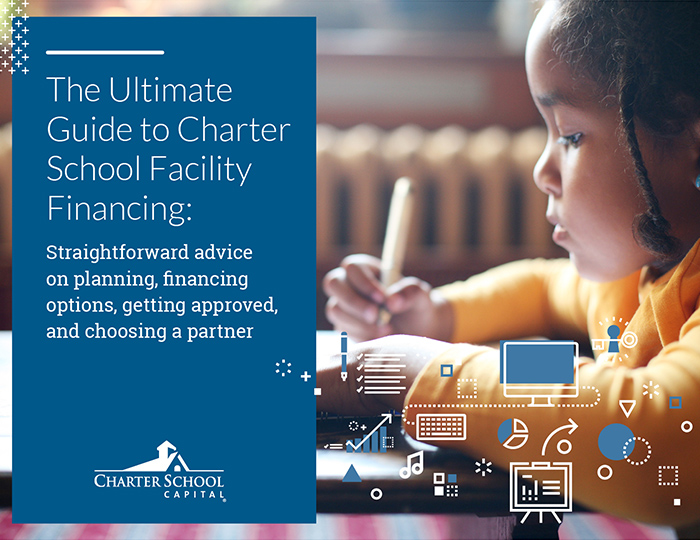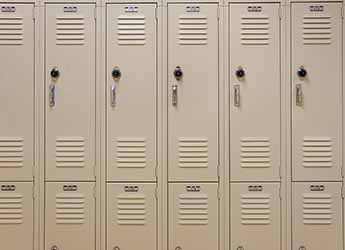Charter Schools Face Facilities Challenges
Access to appropriate facilities and the funds to pay for them remain big obstacles for charter school expansion today. More than one million students are on charter school waiting lists across the country. One reason for this points to facilities needs. With only 12% of charters able to qualify for a bond, many are left facing financing challenges for facilities they require in order to match their educational programs and the needs of their students. Charter schools across the country are faced with smaller classrooms than their peers, and traditional funding programs simply aren’t sufficient to cover real estate investments or construction costs aimed toward facilities improvements.
According to the National Conference of State Legislation, a “significant relationship” exists between the condition of school facilities and student performance. And, data from the National Alliance for Public Charter Schools (NAPCS), highlights that more than half of charter schools could outgrow their current facilities within five years.
“The dramatic growth of charter schools across the country makes it clear that facilities financing, which is already one of the industry’s largest challenges, is an even more pressing issue today. Working with charter leaders, developers and other partners allow us to serve a broad array of charter schools nationwide by freeing-up resources that schools are then able to allocate to classroom instruction or other operational needs,” explains Stuart Ellis, President and CEO at Charter School Capital.
Back in 2014, Charter School Capital and its facilities arm, American Education Properties, launched with investors a $500 million pool of capital specifically for charter school facilities needs to allow for broader access to charter school facilities funding. To date, Charter School Capital has invested $300 million into charter school facilities with 37 properties under management nationwide. Access to these facilities funds allows charter schools to align their facilities with their educational mission.
Charter schools are able to determine their own long-term facilities needs and maintain full control of their buildings. This represents a major improvement from the year-to-year lease renewals that many charter schools currently experience. By providing long-term facilities security and an investment partner interested in charter school expansion, charter schools now have the ability to expand their enrollment and educational offerings with confidence.
“By providing charter schools security in their facilities, this effort helps lift a burden many schools face and will enable schools to focus, as they should, on their students and their academic results. School administrators will be better able to direct their scarce resources and time toward educating students rather than worrying about real estate needs,” said Nina Rees, president and CEO of the National Alliance for Public Charter Schools.
Charter School Capital offers a variety of financing solutions including working and growth capital in addition to facilities financing, so that charter schools can focus on reaching and teaching more students while continuing to succeed and grow.
If your charter school needs help with expansion, site design and selection or facility development, our team of experts is here to help you with a needs assessment. Contact us at GrowCharters@CharterSchoolCapital.org or learn more on our facilities offerings on our website. Also check out our recent webinars, including one focused on facilities options for charter schools.

The Ultimate Guide to Charter School Facility Financing:
Thinking about a new facility for your charter school or enhancing your current one? This guide shares straightforward and actionable advice on facilities planning, financing options, getting approved, choosing a partner, and much more! Download it here.
